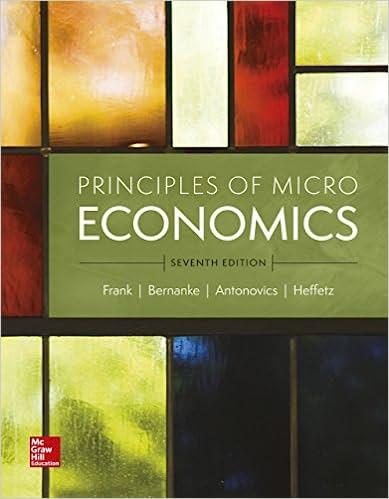Question
That is, the aggregate supply of hockey players is given by w = 20 + 2L As demonstrated in the solutions, the aggregate demand for
That is, the aggregate supply of hockey players is given by w = 20 + 2L As demonstrated in the solutions, the aggregate demand for hockey players by the six hockey teams is given by w = 80 2L.
We already solved for the perfectly competitive outcome and the monopsony outcome. Now, we'll consider the effects of a player's union.
1. First, assume that the players form a union, but the six teams are in competition.
a) What is the equilibrium number of hockey players? What is the equilibrium wage?
b) Team surplus? Player surplus?
2. Now, assume that the teams also form a league, so we have a bilateral monopoly. The league can easily coordinating the efforts of the six team owners, and thus the league has more negotiating power. In particular, the union's bargaining power is only = 1 5 .
a) What is the equilibrium number of hockey players?
b) What is the wage that gives players all the surplus?
c) What is the wage that gives teams all the surplus?
d) What is the negotiated equilibrium wage? Team surplus? Player surplus?
Step by Step Solution
There are 3 Steps involved in it
Step: 1

Get Instant Access to Expert-Tailored Solutions
See step-by-step solutions with expert insights and AI powered tools for academic success
Step: 2

Step: 3

Ace Your Homework with AI
Get the answers you need in no time with our AI-driven, step-by-step assistance
Get Started


